Pierre Roinay (b. 1595 in LaFleche, Lamans, Maine, France) and Julienne LaMarguese (b. 1603)
Pierre Roinay was born Abt. 1595 in LaFleche, Lamans, Maine, France , and died Aft. 1625. He married Julienne LaMarguese.
Julienne LaMarguese (b. Abt. 1603, d. date unknown)
- i. Julienne LaMarguese was born Abt. 1603 in LaFleche, Lamans, Maine, France, and died date unknown. She married Pierre Roinay.
Children of Pierre Roinay and Julienne LaMarguese are:
- i. +Francois Roinay, b., LaFleche, Lamans, Maine, France, d. January 11, 1687/88, LaPrairie, Quebec, Canada
Link to Jesmer family history page.
Link to genealogy page for Pierre
Link to genealogy page for Julienne
La Flèche is a municipality located in the French department of Sarthe and the region of Pays de la Loire in the Loire Valley. This is the sub-prefecture of the South-Sarthe, the chief district and the chief city of a canton. This is the second most populous city of the department. The city is part of the Community of communes of the Pays La Flèche. The inhabitants of the town are called the La Flèchois. It is classified as a country of art and history.
The origin of the name La Flèche is uncertain. Historian Jacques Termeau, in La Flèche Book No. 9, p. 5-11, has documented several hypotheses which most likely are related to the ancient Latin name Fixa meaning “stuck”, that is to say “rock stuck in the ground”. In fact La Flèche was a city situated on the border of Maine and Anjou. An ancient megalith boundary would have given this the name Fixathat can be found in early manuscripts in full as Fixa andegavorum, often translated later as La Flèche in Anjou, but strictly meant the boundary of Anjou.
In the Middle Ages, La Flèche was a parish of the Diocese of Angers and as such formed an integral part of the province of Anjou and more specifically the Upper Anjou, also called Maine Angevine.
In 1603, Guillaume Fouquet de la Varenne, lord of La Flèche and then Sainte-Suzanne (Mayenne) and Angers, and a friend of Henry IV of France, contributed to the enhancement and diversification of functions of the city. Henry IV founded a college in which management was entrusted to the Jesuits. They were expelled in 1762 and the college became a “cadet school” in 1764, a pre-military academy of Paris.
Also in the seventeenth century, La Flèche, under the leadership of Jérôme le Royer de la Dauversière, was involved in the founding of Montreal, Quebec.
Pictures of The region and some old building and maps and drawings.






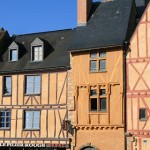


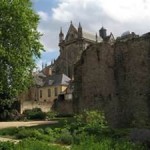
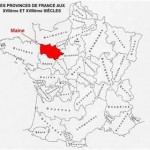
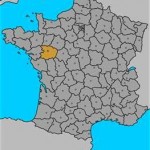

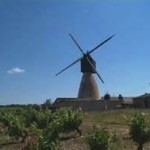


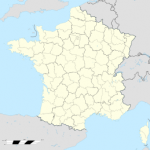


Interact with us using Facebook